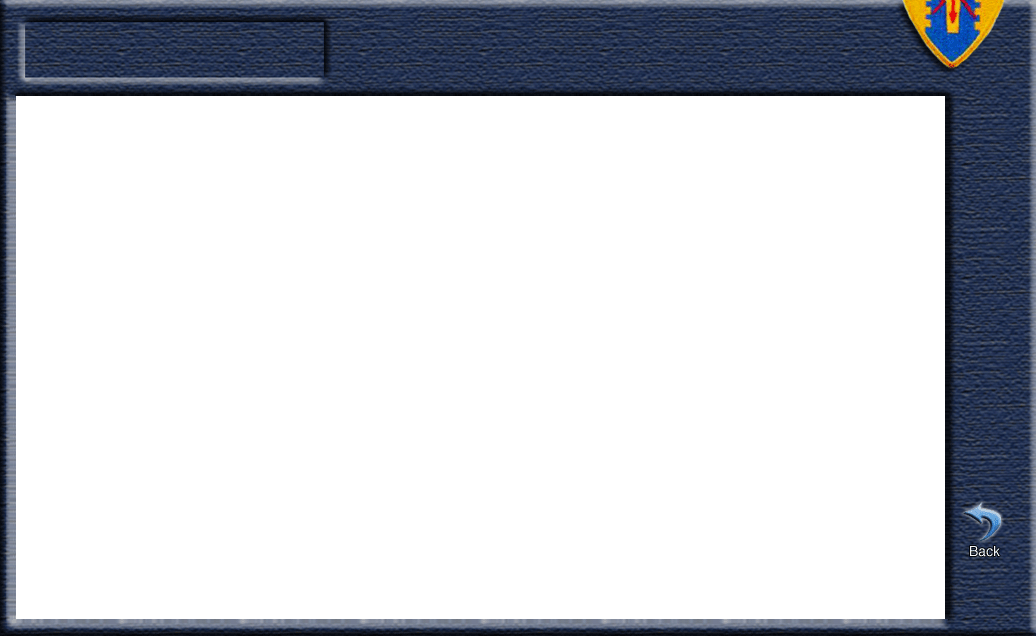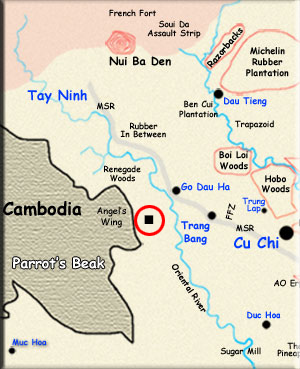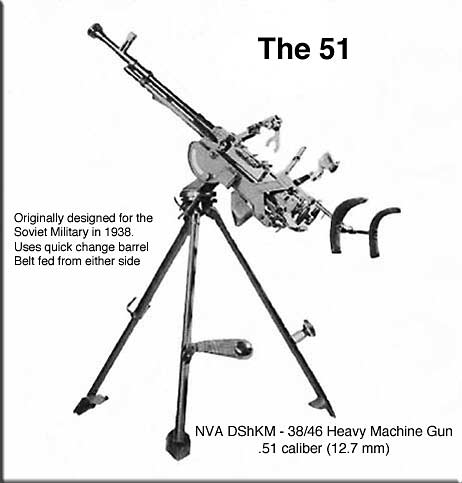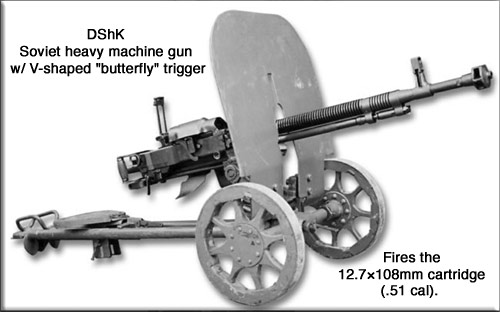

Charlie Takes Notice - 1969
by Paul Plante
other Nighthawk Stories: Minigun 69, Twin 60's 70-71, 1971, Aug 71, Allen Video, Bored Crew, Avn Digest Article, Marcinkowski Video, Sniper
.....................................................................................................................................................................................
That we were having some impact on Charlie with our Nighthawk missions, was made quite apparent on what I call the night of the .51 caliber.
My experiences with Nighthawk began in April/May of 1969. If nothing else was going on we would go out at night and fly some assigned grid squares. I believe the assignments were based on reports of where ground units had made contact or where enemy infiltration was going on. Our main mission was to be a pain in the neck for the enemy and to disrupt their ability to move freely at night. In that regard, we were the equivalent of H&I artillery fire.
I seldom knew what day it was, or even where for that matter. As a rule, we flew outside of Trang Bang towards Cambodia.
One night, we were flying trails in an area of where there had been movement. A target presented itself and was duly fired upon, apparently causing casualties according to ground unit feedback the next day.

The following night found us flying in the same area, so that we passed over the same site that had been fired on the night before.
Previously there had been an ox cart on the trail that appeared to be abandon. I thought it strange and it caught my attention. When I looked closer, there was movement around the cart which had drawn our fire that night.
Now that same ox cart was still there, but somehow the scene had been altered. At the last second, I called target and the pilot began the climbing-turning maneuver needed to keep me on target while I continued to study the scene. All of a sudden, my scope went white, which caused me to pull my head back, and when I did, I was looking down on .51 caliber tracer rounds passing under the ship because of way we had turned.
The pilot began clawing upwards for altitude and that .51 cal chased us right on up. We went up to 3,000 feet and I was so cold I was shivering up there. I could see the gun below through the scope as we were climbing.
 Normally, a .51 cal machine gun has a circular trench dug around a central column that the gun sits on, so the barrel can be elevated and the gun rapidly swiveled around. This one was sitting on the ground without the circular trench, which is probably what helped to save us that night.
Normally, a .51 cal machine gun has a circular trench dug around a central column that the gun sits on, so the barrel can be elevated and the gun rapidly swiveled around. This one was sitting on the ground without the circular trench, which is probably what helped to save us that night.

They used a two-wheeled trolley for movement of the weapon and that trolley unfolded into a tripod for anti-aircraft use. This one was still on its trolley, so that it could be quickly moved, Charley knowing artillery retaliation would likely be coming in. That impeded their ability to track us up; if it had been up on the tripod with more mobility they may well have caught us, especially at the beginning. The .51 cal contributed significantly to the small-arms fire that was responsible for 57 percent of U.S. fixed and rotary wing aircraft downed over South Vietnam and 47 percent in the North.
Clearly, we had been sucked into a waiting ambush that evening, and just as clearly, they had been studying what we were doing. They had that .51 caliber set up almost perfectly to hit us in the belly when we made the turn to keep on target.
Once the word got out among the pilots that a .51 cal. had been sited, but not destroyed, I would say that it had an adverse impact on our Nighthawk missions. We were already flying those missions at a dangerous altitude of 300 feet.
Would Charlie have gone to the trouble of setting up that ambush and risking a .51 caliber machine gun if we were not a thorn in their side?
I think not.
And that is a case of where our predictability became our main weakness and made us the target in the air, instead of Charlie on the ground.